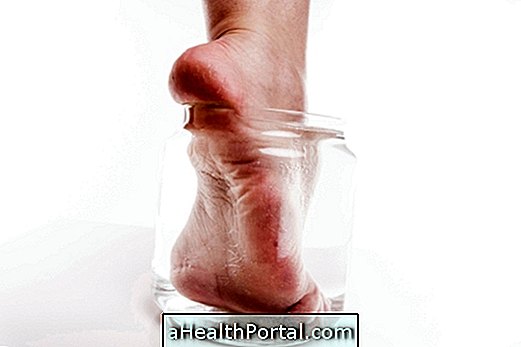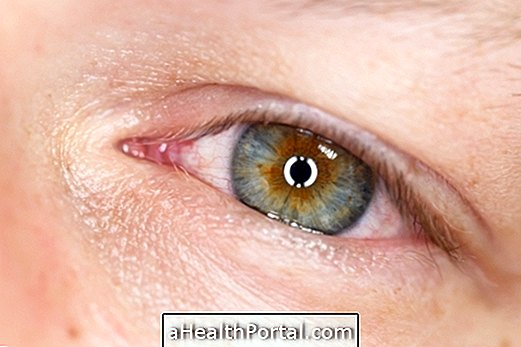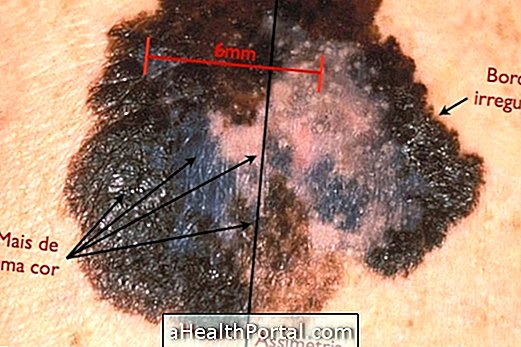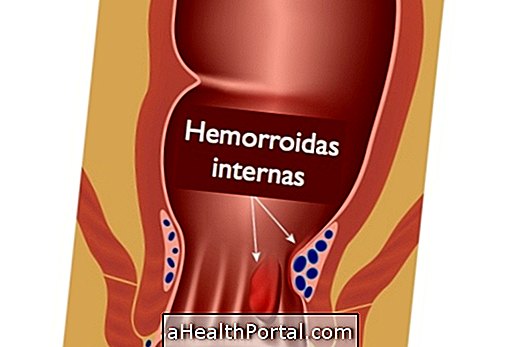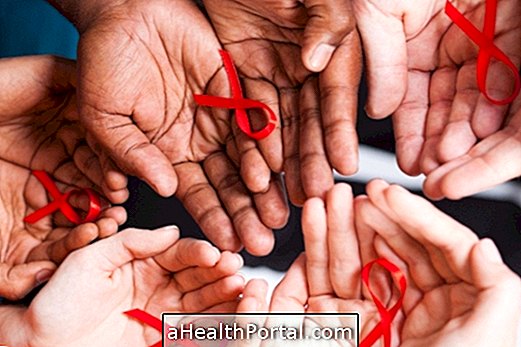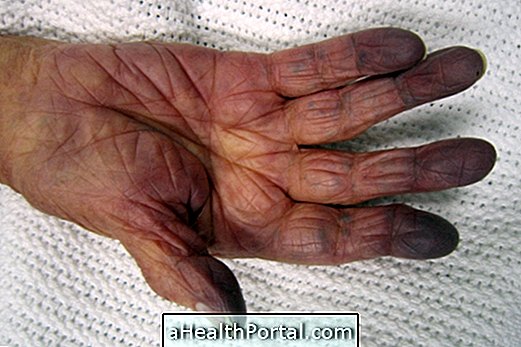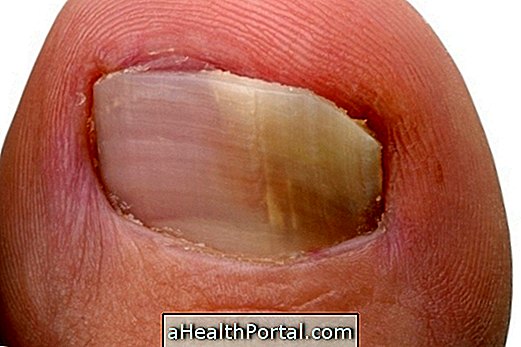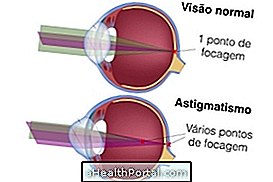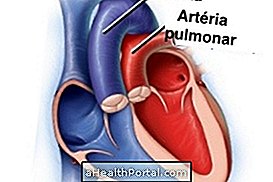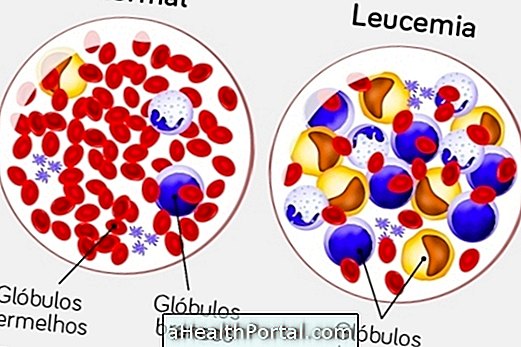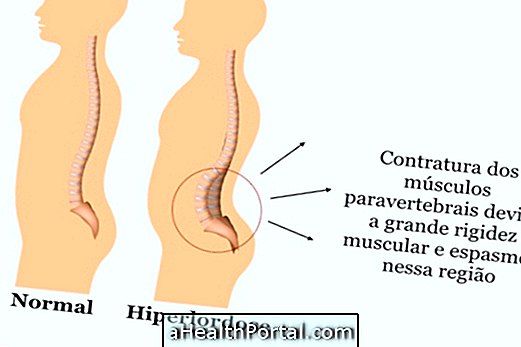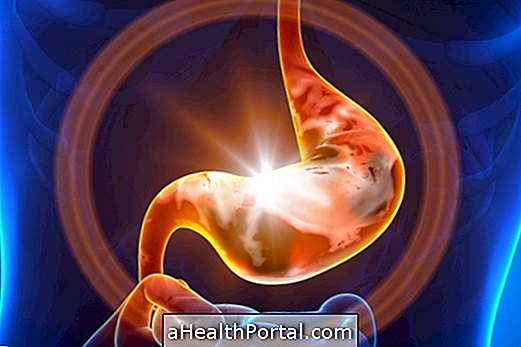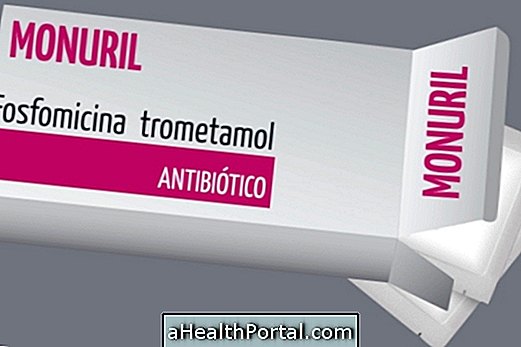The most striking symptom of leishmaniasis is the onset of high fever with abdominal pain and swelling. These symptoms may appear up to 6 months after the bite of a mosquito infected with the parasite and if the disease is not treated properly it can lead to death.
Leishmaniasis is a disease that especially affects dogs, but can be transmitted to the man through the bite of an infected mosquito. It is enough that the mosquito stings the sick dog and then chops the person so that it becomes sick.
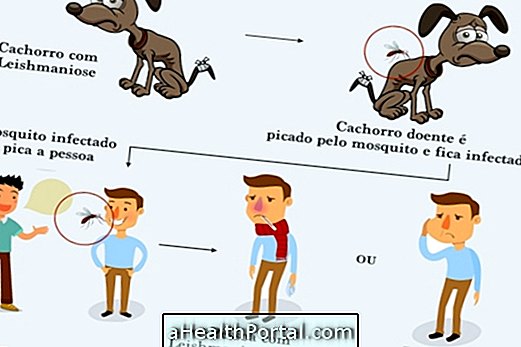
This disease can be caused by several parasites of the same family, and depending on the parasite, two main types of Leishmaniasis can appear, with symptoms such as:
Symptoms of visceral leishmaniasis
Almost all cases begin with a fever of more than 38 ° C that is maintained for several weeks. During this time, the fever goes away until it disappears, but returns shortly thereafter. Other symptoms include:
- Swelling of the belly, about 2 weeks after onset of fever;
- Painful tongues;
- Loss of weight and excessive weakness;
- Dark spots on the skin;
- There may be diarrhea.
When this type of disease is more advanced can still appear severe anemia that can lead to heart problems, as well as bleeding from the nose, eyes and feces. If treatment is not started quickly, more serious diseases such as pneumonia, measles or tuberculosis, which are life-threatening, are common.

Symptoms of cutaneous leishmaniasis
The first symptom of this type of Leishmaniasis is the development of a small lump at the mosquito bite site that, after a few weeks or months, turns into a large, rounded wound. This wound usually heals without needing treatment, which can happen between 2 to 15 months. However, in some cases, these wounds may take time to heal, requiring treatment with a nurse.
After healing, wounds usually leave permanent scars, so if they affect the face, they can cause aesthetic changes.
What to do in case of suspicion
When there is a suspicion of being infected with Leishmaniasis it is very important to go to the hospital immediately for blood tests and to confirm if the disease is present in the body. Generally, tegumentary leishmaniasis can be diagnosed even without examination, because the appearance of wounds after a mosquito bite is enough to confirm the disease. However, visceral leishmaniasis presents symptoms very similar to typhoid, malaria or brucellosis, and a biopsy of the spleen is necessary to be sure of the diagnosis and to initiate appropriate treatment.
Understand how Leishmaniasis is treated.
How to protect yourself
The only available Leishmaniasis vaccine is to be administered to dogs that are not infected with the parasite. As transmission to humans occurs through the bite of the infected mosquito the only way we have to protect ourselves is to avoid mosquito bites by adopting some precautions such as:
- Use mosquito nets or repellent curtains on windows and doors at home;
- Spray repellent on the skin or frequently use insecticidal sprays:
- Put insecticide collars on pets and vaccinate these animals.
These precautions, in addition to protecting against Leishmaniasis also protect against other problems caused by mosquito bites such as Dengue, Zika or Chikungunya Fever, for example.
See other ways to protect yourself against mosquito bites and avoid such diseases.
